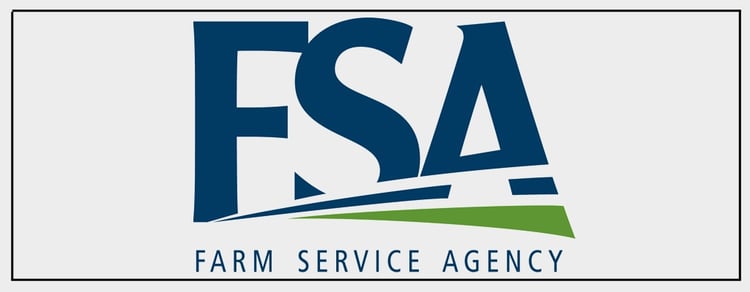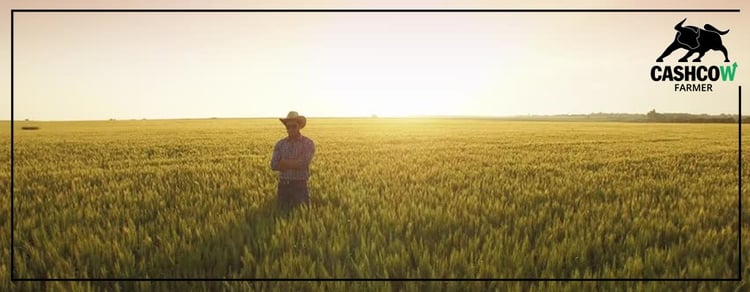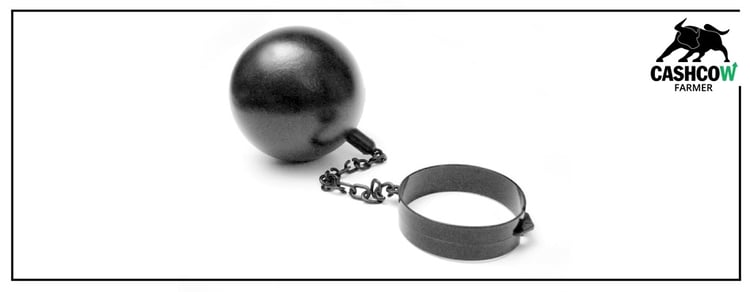Don't have time to read, click play above or subscribe to our podcast on itunes.
Most farmers know that 2015 was a tough year. Unless they owned their land free and clear, they probably lost money.
And 2014? It was even worse—twice as bad, in fact.
If you lost $25/acre in 2015, then you likely lost $50/acre in 2014. That’s $75/acre in losses that you have to make up. The problem is bigger than most farmers want to think about.
However, you’re not doomed to repeat those losses in perpetuity. Making a few adjustments will allow you to swallow the losses of the last two years and move forward on an even playing field.
Follow these five strategies to wipe away the past and work toward a profitable operation in 2016.
1) Restructure Your Debts
In 2012-13, farmers everywhere souped up their operations, bought new machinery, and built shops. In doing so, they set themselves up for huge payments. And right now, those liabilities are like belts around their necks, cinched tight.
Right now, we’re in a low-interest rate environment, which means that when you’re in a risky business like farming, it’s very hard to get money. So the best thing to do, hands down, is to work with the Farm Service Agency (FSA) and restructure that debt.

Sometimes you have to get creative in order to get interest rates where you want them, but rates of 1.25% on machinery and 2.2% on land are within your grasp.
I can attest to this. I bought some farmland, half with the bank and half with the FSA. My interest rate with the FSA was 2.25% for 40 years on a land deal.
Talk about some beautiful cash flow! I’m basically paying $5,000 a year for half of that land.
2) Manage Cash Flow With Commodity Loans on Inventory
Debt has a drastic impact on your cash flow.
We farmers usually sell our crops one or two times a year and only have an inflow of cash during those times. So we have to borrow money and use our operating lines in the meantime.
But if those operating lines are stressed out from losing money in 2014-2015, they might not have additional space. What to do?
One way of getting additional cash flow is to take a commodity loan on those grains that aren’t sold yet—the ones sitting in the bin in the farm or at the co-op. If you do this, you can get low-interest debt to cash flow your operation until your marketing plan (see below) executes your goal.
3) Requote Cash Rent, Split Payment Up, or Drop Unprofitable Land
This is probably the hardest one to go through with.
I’ve seen so many examples of farmers paying too much for cash rent. Here’s one:
There was a farmer who was paying $350/acre cash rent. He went to his landlord asking to adjust the rent to $325, which the landlord quickly refused.
The landlord went out on the market looking for more than $350 and ended up getting . . . $200! He was so greedy that he wouldn’t take $25 less, and he ended up getting $200 because that was what the market was paying.

The moral? If your cash rent is drowning you, let it go. Your first reaction might be to average your machinery cost per acre. But just let it go.
Of course, be a gentleman about it, as I’ve talked about before. Try to help your landlord out, and don’t burn bridges.
If you can’t get a better requoted cash rent, and you’re not brave enough to let it go, split the payment up differently.
Let’s say you’re paying $200 in cash rent. Do $100 down, and $102 in the fall. The extra $2 isn’t going to cost you anything, and it might be enough to put the landlord over the edge, since he or she is getting a smidge more.
4) Max Out Government Programs
Farmers have subsidies with the government, and you’ve got to max them out. Otherwise, you’re losing out.
Make sure you’ve got CRP income for land that’s not productive right now. CSP, Equip, and NRCS are other programs to look at.
You’ve got to spend time in the FSA office if you want to make money there.
5) Make a Plan for Grain Marketing
Every farmer needs a grain marketing plan. That’s priority #1.
You’ve likely got a lot of crops from 2015. You’ll need a plan to break up the inventory into marketable units, so that when 2016 harvest comes—and it will come faster than you think—you have a plan.
Ideally, you want to be one year ahead in your marketing. You’ll want to have almost all of that 2016 crop marketed, with prices locked in, before you harvest. And, if you’ve got grain storage, you can work the basis with it.
Your banker’s going to love you if you’re one year ahead, and you’ll be happier and more stress-free.
Conclusion

The years 2014 and 2015? They’re history—unless you’re still paying for them. <Click to Tweet>
Let’s keep the past in the past, and move forward without dragging our debts behind us.
To get more help on making it through tough times, check this out.
Give us a call, or check out the free trial. We’ll be in touch!




